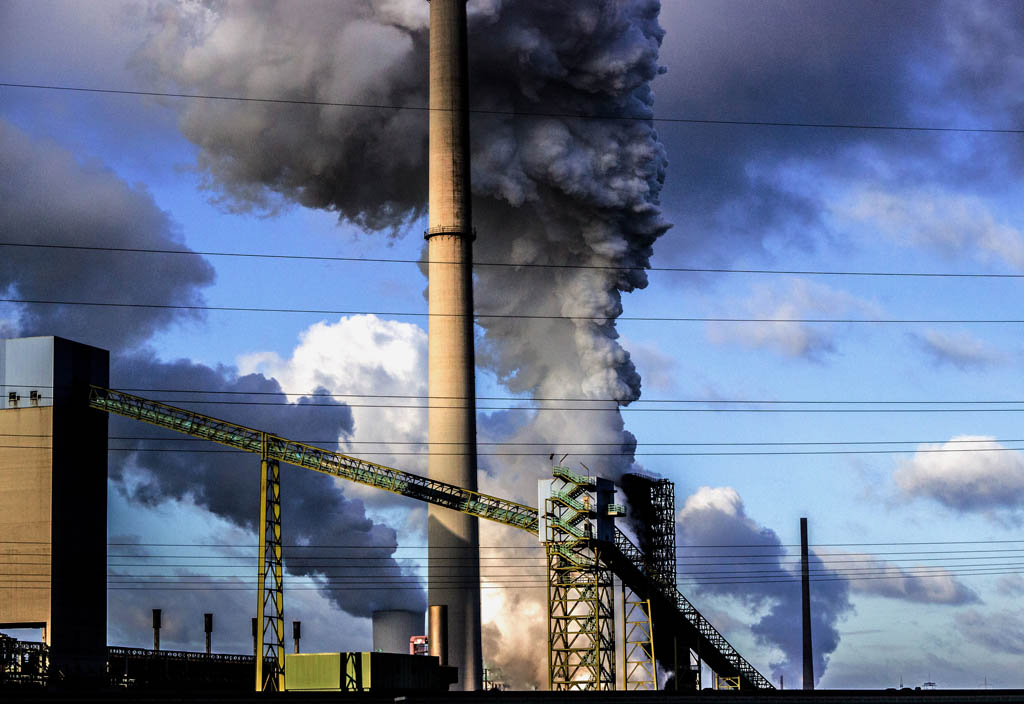ETS reform: everything you need to know in a nutshell
The EU's emissions trading scheme (ETS) was set up to reduce gas emissions and fight climate change, but it is not working as efficiently as it could. On 24 February MEPs approved draft legislation to tackle the imbalances of supply and demand of emission allowances, which is holding back investment in green technologies. Read on to find out what the reform is all about.

The Parliament is working on making the EU's emissions trading scheme more efficient.
About ETS
ETS is a tool to reduce industrial greenhouse gas emissions. Power plants, air lines and other companies can buy or sell emission allowances, which are permits to pollute at a price that is meant to encourge them to seek energy saving and carry out emissions-reducing measures.
The problem with the current scheme
At the moment these permits are very cheap, because demand for them dropped due to the economic crisis while the supply has remained constant. By 2013, there was a surplus of around two billion allowances, which if nothing changes could increase to more than 2.6 billion by 2020. Having a large surplus discourages companies from investing in green technology, thereby hampering the scheme's efficiency in combatting climate change.
How to solve it
The idea behind the reform is to create a market stability reserve. If the surplus of allowances exceeds a certain threshold, then allowances would be taken off the market and placed in the reserve to avoid imbalances in the market. If needed, the allowances can be returned to the market
The European Commission wants to introduce the market stability reserve by 2020, but the Parliament proposes to already do so by the end of 2018.
Next steps
The Parliament and theCouncil will start negotiations to come to a final agreement.
Source: European Parliament
- 315 reads
Human Rights
Fostering a More Humane World: The 28th Eurasian Economic Summi

Conscience, Hope, and Action: Keys to Global Peace and Sustainability

Ringing FOWPAL’s Peace Bell for the World:Nobel Peace Prize Laureates’ Visions and Actions

Protecting the World’s Cultural Diversity for a Sustainable Future

Puppet Show I International Friendship Day 2020

